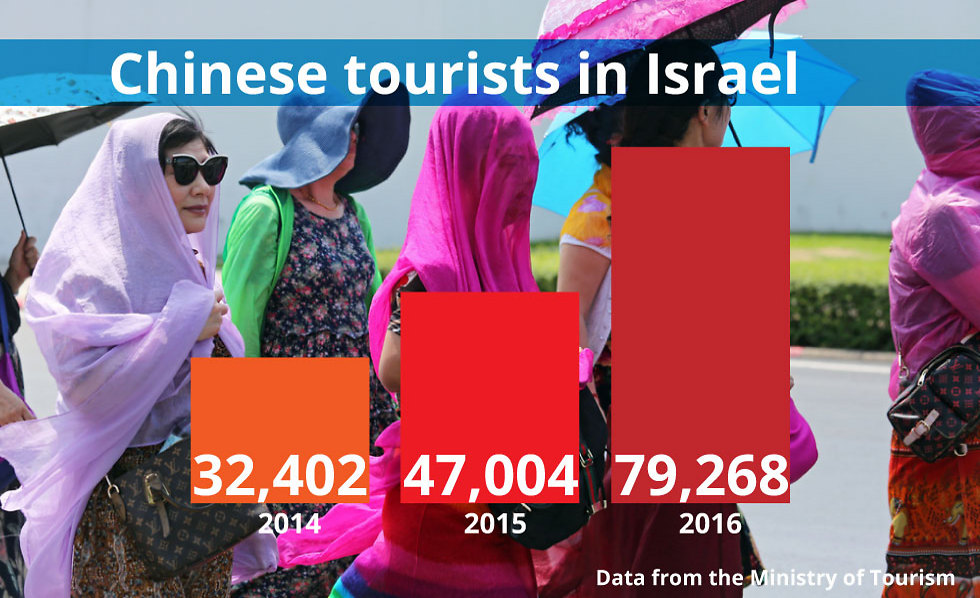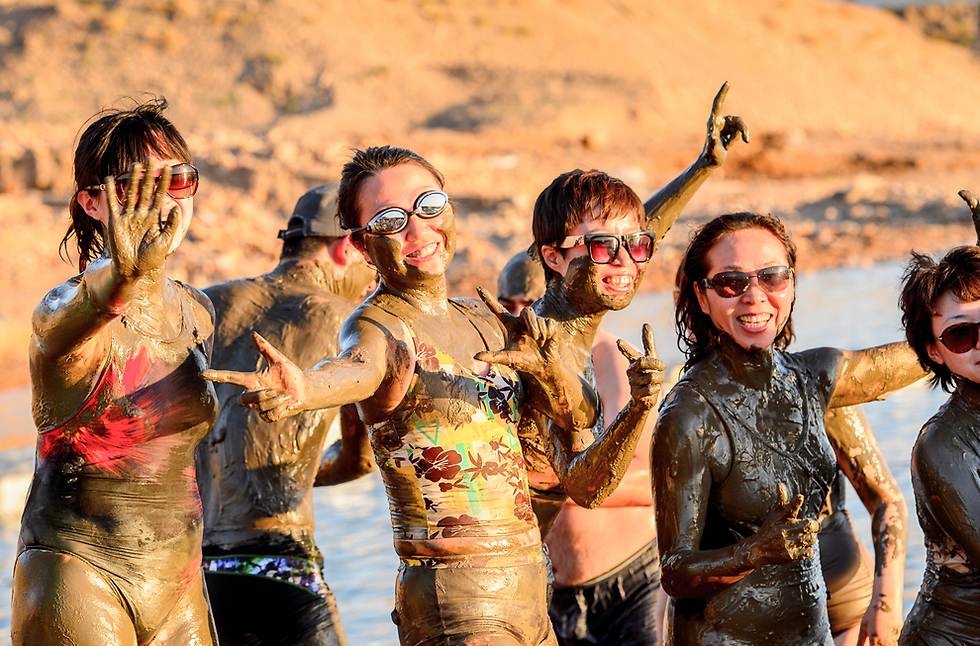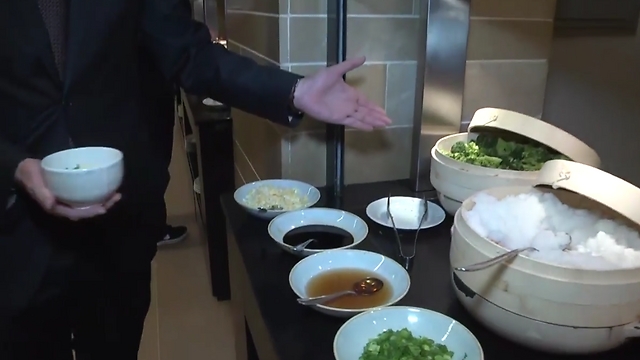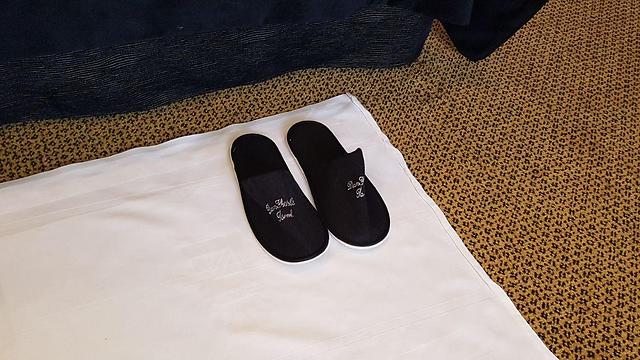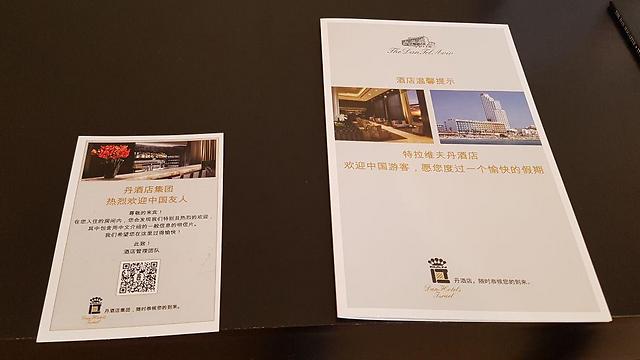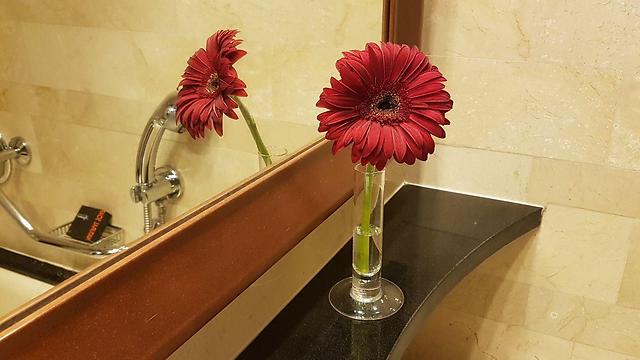
The Ministry of Tourism’s investment in promoting Israel in China has paid dividends, with a 68.6% increase from 2015 to 2016.
The ministry has invested nearly ten million shekels a year, and China’s largest private airline, Hainan, started offering flights to Israel.
The Ministry of Tourism’s data show that 79,268 tourists from China visited the Jewish state in 2016, but the ministry’s goal is to cross the 100,000 barrier in number of Chinese tourists per year.
The average Chinese visitor is extremely interested in Israeli history and culture from biblical times to the modern high-tech boom. Their preferred destination is Jerusalem, with 81% of Chinese tourists visiting the capital with most making sure to visit the Western Wall and the Church of the Holy Sepulchre.
Despite Jerusalem’s popularity, Israel’s second city still receives a fair amount of Chinese tourists, with 71% visiting Tel Aviv. The Dead Sea sees 56% of the Chinese who come to Israel.
According to the official data, the average Chinese tourist spends considerably more in Israel than the average European, with the former spending about $267 per day versus the latter’s $158.
Hotels adapting
Israeli hoteliers at the Dan and Isrotel chains have sought to adapt their offerings to their new guests from the Far East, with many hotels establishing a “Chinese corner” in the breakfast room. Apparently, many non-Chinese guests have also taken to the rice congee and steamed broccoli to start their day rather than the traditional Israeli offerings of salads, cheeses and baked goods.
Roy Kriezman, Manager of China and Far East Markets at Dan, told Ynet that representatives from his hotel chain are travelling to China to learn from Chinese hotels how best to accommodate the influx of new visitors.
In addition to the breakfast offerings, modifications for Chinese guests include the coffee selections in the rooms being switched out with teas, the addition of two Chinese television station, written information being provided in Chinese, and providing smaller complimentary slippers.
A seemingly small detail has also been addressed, Kriezman shared: flower colors. Dan learned to change out the white flowers in its room with red ones, as white flowers symbolize death and mourning in Chinese culture.
(Translated and edited by J. Herzog)













